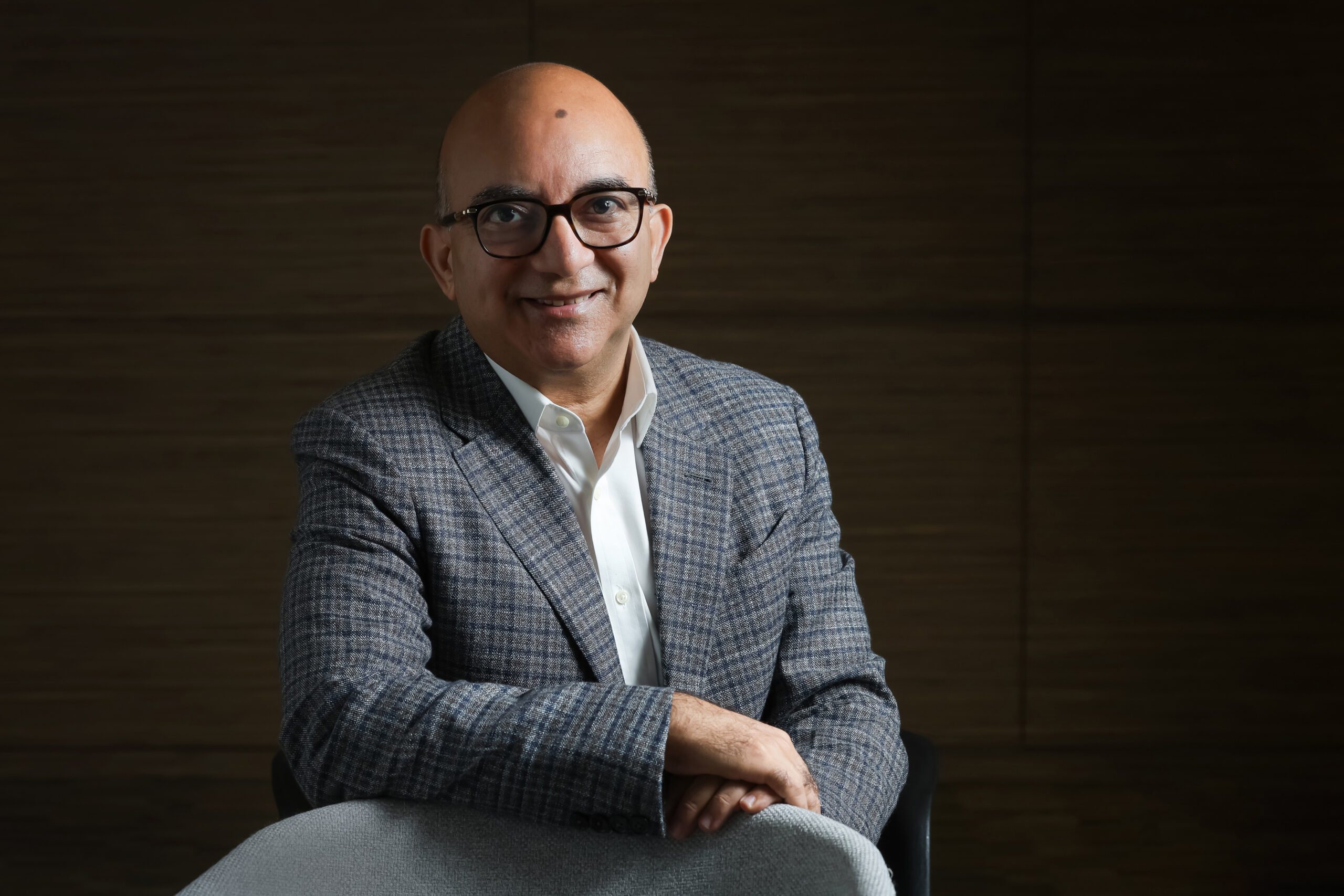Transform your workplace design from “Me” to “We”
- HRM Asia Newsroom

Companies need to focus on designing attractive workplaces to draw back talent to the office and motivate them to perform their best and work efficiently in hybrid environments, says workplace design firm Space Matrix, who have worked with companies such as Nestle.
In the latest trends amongst companies, workplaces across the globe have been undergoing a significant transformation – a shift from a ‘me’ to a ‘we’ work culture. What does that mean, you might ask? Quite simply, it means that office spaces are no longer just a physical location for individual employees to work alone, but rather a collaborative hub for individuals to converge and innovate together.
This shift from a solitary work culture to a collaborative one has been accompanied by a new understanding of the importance of work culture in a company’s success. Work culture is a complex construct, consisting of leadership practices, employee behaviour, workplace amenities, and organisational policies. This shift towards a more communal work environment has highlighted the crucial role work culture plays in fostering collaboration and innovation.
Organisations providing a positive work culture attract and retain top talent, improve employee engagement and gain a competitive edge in the market. PwC’s Global Culture Survey of 2021 found that about 66 per cent of C-suite executives believe culture is more critical to performance than the organisational strategy or operating model. Moreover, engaged employees experience significantly less stress, anger, and health issues.
Unfortunately, most employees remain disengaged at work, significantly impacting the global economy. According to workplace consultancy Gallup’s State of the Global Workplace 2022 report, low engagement alone has cost the global economy US$7.8 trillion. As companies globally adapt to new ways of working, organisations must embrace this shift from a ‘me’ culture to a ‘we’ culture to improve the overall work experience and, ultimately, business success. Here are some tips on how they can go about it.
Experience human moments at the office again
Remote work and flexible arrangements will continue to be the norm and a preferred way of attracting and retaining talent. In Singapore, a new tripartite workgroup was formed recently to develop a set of guidelines on flexible work arrangements (FWAs). The group comprises representatives from the Government, the National Trades Union Congress (NTUC), the Singapore National Employers Federation (SNEF), as well as various union, employer, workplace fairness and professional bodies. This workgroup will craft the Tripartite Guidelines on Flexible Work Arrangements, which will be launched in 2024.
While remote work offers employees more freedom and better work-life balance, it provides little room for face-to-face interactions and collaborations. This compels organisations to step up and rethink their workplace strategies. Remote work also leads to loneliness and isolation. All these factors affect culture building within organisations.
Today, organisations understand even more the importance of the physical aspects of office work in fostering a positive culture and attracting talented individuals. The value of interpersonal relationships, connections, and meaningful human interactions is now recognised. As a result, companies spare no effort in creating appealing and captivating workplaces.
Transform your office into an employee-centric space with mindfulness & inclusion
In the contemporary business landscape, workplace design is all about aligning the space to a company’s functional and cultural needs. It can be a powerful tool for creating engaging, innovative, flexible, and creative work environments through deeply understanding employees’ needs and companies’ workflows, communication, and collaboration patterns.
Office spaces with more communal areas to foster collective creativity, interaction, and client engagement have become a priority. An adaptable landscape where mindfulness and inclusion meet technology and innovation fosters meaningful interactions.
Global reinsurance company, Scor, has chosen to redesign their workplace located in Singapore and bring on a cultural and work style transformation and assess the impact of remote work on the company’s culture and business. This eventually led them to create a more cohesive and collaborative workplace environment. This redesigned office space stands as an excellent example of what can be achieved with thoughtful and intentional redesigning. Scor’s transformation can serve as a beacon of hope for companies struggling with building strong company cultures in a post-pandemic world.
Scor re-evaluated the purpose of an office and explored ways to make the office experience more meaningful by creating a more collaborative, connected and engaged workspace. So, it decided to move from a larger variety of ‘me’ work settings to a more extensive array of ‘we’ work settings to support all kinds of personas who come to the office to undertake collaborative work and facilitate groundbreaking conversations.
Subsequently, Scor converted its 20,000 sq ft office space in Singapore into a flexible workspace around social interaction, employee experience and wellbeing, collaboration, and relationship building. It halved traditional ‘me’ workspace provisions.
As a result, Scor’s community spaces saw a 4x increase, with more shared desk areas and small meeting spaces for team huddles and get-togethers. In addition, it increased the alternate work points 6x, giving employees more options to work in whatever way they want.
READ MORE: Job redesign: Why the four-day workweek could be the answer
The resulting design was a well-thought-out workplace that accounts for the everyday employee workflow and catalyses collaboration, building connections and developing an agile mindset.
Design an inspiring workspace to ignite creativity
Companies need to focus on designing attractive workplaces to draw back talent to the office and motivate them to perform their best and work efficiently in hybrid environments. Investing in office design and creating an employee-centric environment is not an option, but a necessity to remain competitive and avoid failure. It is essential to provide a conducive working environment that fosters teamwork and sparks innovative ideas.
Investing in crafting the right work culture through an intentional effort can have a lasting impact for both employees and employers alike. There is no better time than now to start fostering a positive work culture.
About the authors: Titir Dey is Global Managing Director and Rishabh Lakhanpal is Director of Business Operations at Singapore-headquartered workplace design firm Space Matrix.






